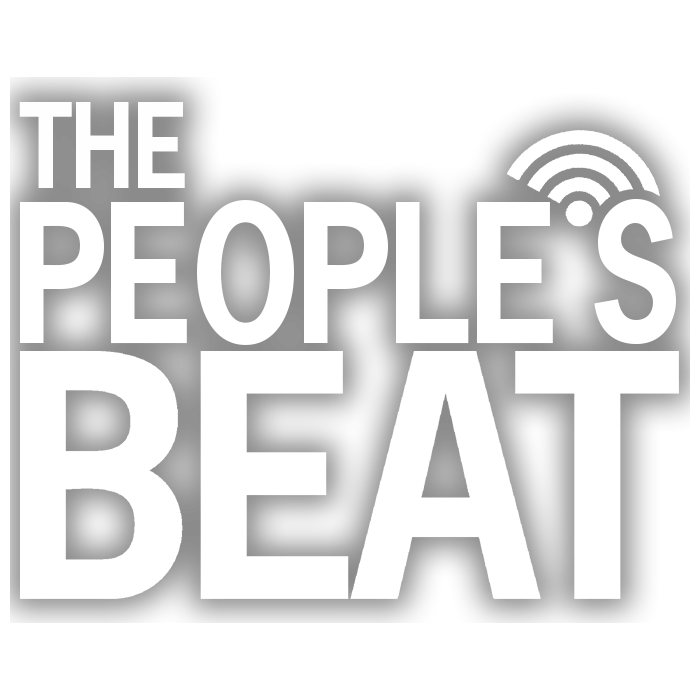Introduction
Every election cycle, the issue of immigration resurfaces for the American voter and with the crisis at the border, this issue has recently received even more attention in the mainstream. But for undocumented immigrants, immigration policy is more than a current event; it impacts their daily lives.
This project is dear to my heart because I am the daughter of immigrants and I am increasingly disappointed in politicians’ false promises to my community. Additionally, this project is special because I got to bring a little bit of myself into it, by interviewing my immigrant father. I hope this project can bring clarity and inspire people to always pay attention to how policies affect the most marginalized, no matter who is in office.
From Undocumented to Citizen
Many may be surprised to know that in 1986, Republican President Ronald Reagan signed arguably the most beneficial immigration reform in U.S. history. The Simpson-Mazzoli Act of 1986 gave a path to citizenship to almost 3 million undocumented immigrants, one of those being my father.
Juan Castellanos was born in México and came to the United States when he was 17 in the early ‘80s. Like many in his situation, he needed to help financially support his family that stayed back in Mexico.
“In those days, like so many of us, we would get here without papers to work, to look for a better future to help our families, our parents, and our siblings. I had many young brothers and sisters.”
Even with the hope of a better life, there were many difficulties for undocumented immigrants in the early ’80s, including the threat of deportation.
“I remember we were waiting for the bus to go to work and we started hearing about immigration raids. At that point, Ronald Reagan was President and there were raids on the streets and public transportation.”
The fear of deportation was so strong that Juan preferred to walk for hours to get to work than to take public transportation.
“There was so much fear. We didn’t want to go out to the grocery store, we didn’t take public transit, we didn’t want to go to work but we had no choice. All we did was go to work, go home, and to the store to buy the bare necessities. That’s it.”
Juan recalls it was during this time that there were rumors about legislation that would give people like him a legal status.
“I was working in Houston in construction around ‘85 or ‘86 when I found out the amnesty had passed. My boss, Frank Crawford, -an American- was the one who told me and helped me with the application process.”
If it wasn’t for Frank-Juan admits-he wouldn’t have applied. “He encouraged me a lot, encouraged a lot of us, because I was really scared that it wasn’t true and that it would be a trap.”
It took 8 months for Juan to get his legal temporary resident status and even though he wasn’t 100% convinced that it was valid, having a status had immeasurable positive impacts on his life.
 Juan and some friends preparing an activity for Easter in 1994. Juan y sus amigos, preparando un tema para una pascua en el 1994.
Juan and some friends preparing an activity for Easter in 1994. Juan y sus amigos, preparando un tema para una pascua en el 1994. The “Grupo de Concientización Social” which Juan was part of. Picture taken between 1989 and 1990. “El Grupo de Concientización Social’ del que Juan era parte. La foto es del año ’89 o ’90.
The “Grupo de Concientización Social” which Juan was part of. Picture taken between 1989 and 1990. “El Grupo de Concientización Social’ del que Juan era parte. La foto es del año ’89 o ’90. Juan and some friends visiting a loved one in jail. One of the benefits of having a status was being able to take his friends to see their brother in jail. Juan y sus amigos visitando a un ser querido en la cárcel. Uno de los beneficios de tener un estatus legal era poder llevar a sus amigos a que visitaran a su hermano en la cárcel.
Juan and some friends visiting a loved one in jail. One of the benefits of having a status was being able to take his friends to see their brother in jail. Juan y sus amigos visitando a un ser querido en la cárcel. Uno de los beneficios de tener un estatus legal era poder llevar a sus amigos a que visitaran a su hermano en la cárcel. On the bus on the way to Tabasco, Mexico for a mission trip in 1993 or 1994. En el camión yendo a Tabasco, México para una misión en el 1993 o ’94.
On the bus on the way to Tabasco, Mexico for a mission trip in 1993 or 1994. En el camión yendo a Tabasco, México para una misión en el 1993 o ’94. Juan in the play ‘Martín Ramirez’ which included a ‘Know Your Rights’ presentation. Picture taken around 1995. Juan en la obra ‘Martín Ramirez’ en la que también daban una presentación de ‘Conoce Tus Derechos.’ La foto es de más o menos el 1995.
Juan in the play ‘Martín Ramirez’ which included a ‘Know Your Rights’ presentation. Picture taken around 1995. Juan en la obra ‘Martín Ramirez’ en la que también daban una presentación de ‘Conoce Tus Derechos.’ La foto es de más o menos el 1995. Juan in the play ‘Martín Ramirez’ which included a ‘Know Your Rights’ presentation. Juan en la obra ‘Martín Ramirez’ en la que también daban una presentación de ‘Conoce Tus Derechos.’
Juan in the play ‘Martín Ramirez’ which included a ‘Know Your Rights’ presentation. Juan en la obra ‘Martín Ramirez’ en la que también daban una presentación de ‘Conoce Tus Derechos.’ Juan painting the exterior of a house in his construction job in Atlanta, in 1988 or ’89. Juan trabajando, pintando el exterior de una casa en Atlanta en el 1988 u ’89.
Juan painting the exterior of a house in his construction job in Atlanta, in 1988 or ’89. Juan trabajando, pintando el exterior de una casa en Atlanta en el 1988 u ’89. Juan with his first truck in 1988. Juan con su primera troca en el 1988.
Juan with his first truck in 1988. Juan con su primera troca en el 1988. Juan and some friends preparing an activity for Easter in 1994. Juan y sus amigos, preparando un tema para una pascua en el 1994.
Juan and some friends preparing an activity for Easter in 1994. Juan y sus amigos, preparando un tema para una pascua en el 1994. The “Grupo de Concientización Social” which Juan was part of. Picture taken between 1989 and 1990. “El Grupo de Concientización Social’ del que Juan era parte. La foto es del año ’89 o ’90.
The “Grupo de Concientización Social” which Juan was part of. Picture taken between 1989 and 1990. “El Grupo de Concientización Social’ del que Juan era parte. La foto es del año ’89 o ’90.
1 / 8
The “Grupo de Concientización Social” which Juan was part of. Picture taken between 1989 and 1990. “El Grupo de Concientización Social’ del que Juan era parte. La foto es del año ’89 o ’90.
“I started to work more, to go out more. We started to go out and have fun more, and have a normal life. We had more friends, started going to school, and after work, we would do activities.”
Because of this policy, Juan was able to go from being undocumented to a naturalized citizen.
“I feel like a citizen of this country, I feel like a free person, I feel like I have greatly contributed to this country and to México.”
Read the previous article in the series, “The Reagan Administration: Lasting Reform”








